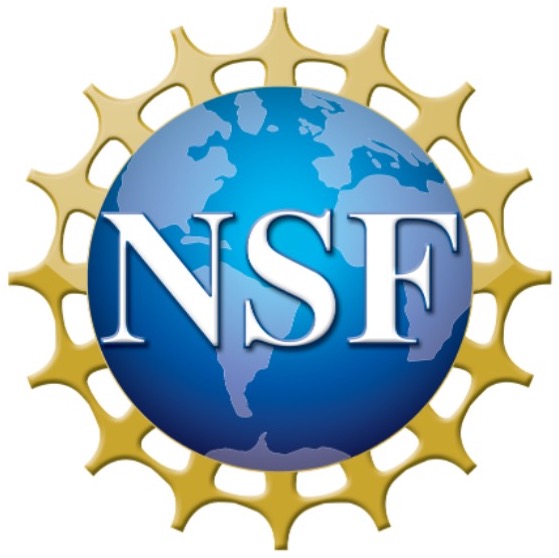Research
ID4 Research Areas
ID4 research focuses on using the power of big data to create new approaches and tools for designing materials and structures from atoms to skyscrapers. We are addressing four domain areas for material discovery and four cross-cutting computer science themes.
Please also see our research highlights.
Interested in working with us? Check out our Visiting Fellows Program!
Domain Science Areas
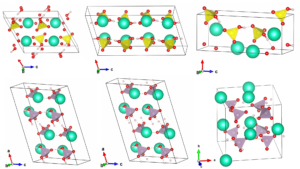 |
Ion TransportIon transport materials respond to external voltages by moving ions through a crystalline lattice; advances in these materials are critical to next generation solid state batteries, fuel cells, and electrolyzers. Some of the questions we are researching are:
|
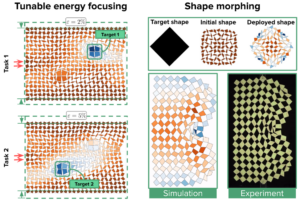 |
Structural MetamaterialsMetamaterials are assemblies made of multiple parts formed into superstructures. We are engineering smart, adaptive metamaterials that change in response to stimuli (e.g. magnetic fields, energy pulses, etc.). Some of the questions we are researching are:
|
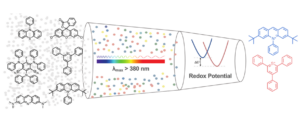 |
Photochemistry and Photoredox CatalysisPhotocatalysis provides a sustainable, green approach to solve challenging problems in materials and organic chemistry by harnessing visible light to fuel chemical reactions. Some of the questions we are researching are:
|
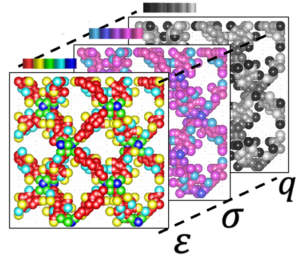 |
Metal-organic FrameworksMetal-organic frameworks (MOFs) are modular, porous crystals made of inorganic and organic parts. We are designing MOFs to generate plastic building blocks and to separate CO2 from flue gas and air. Additionally, we are modeling the self-assembly of porous crystal designs. Some of the questions we are researching are:
|
Cross-cutting Computer Science Themes
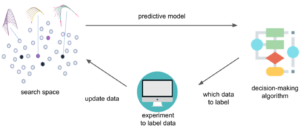 |
Navigating complex design spaces
|
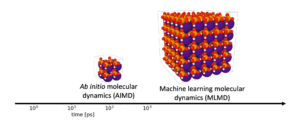 |
Custom AI for domain-specific simulations
|
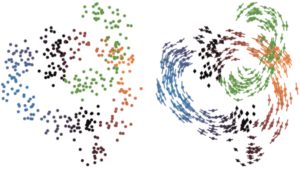 |
Knowledge distillation
|
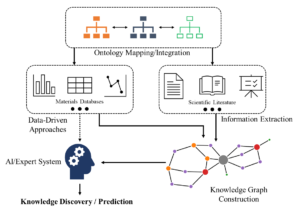 |
Human engagement and guidance
|
Research Highlights
Collaboration: Studying periodic net patterns from atoms to buildings
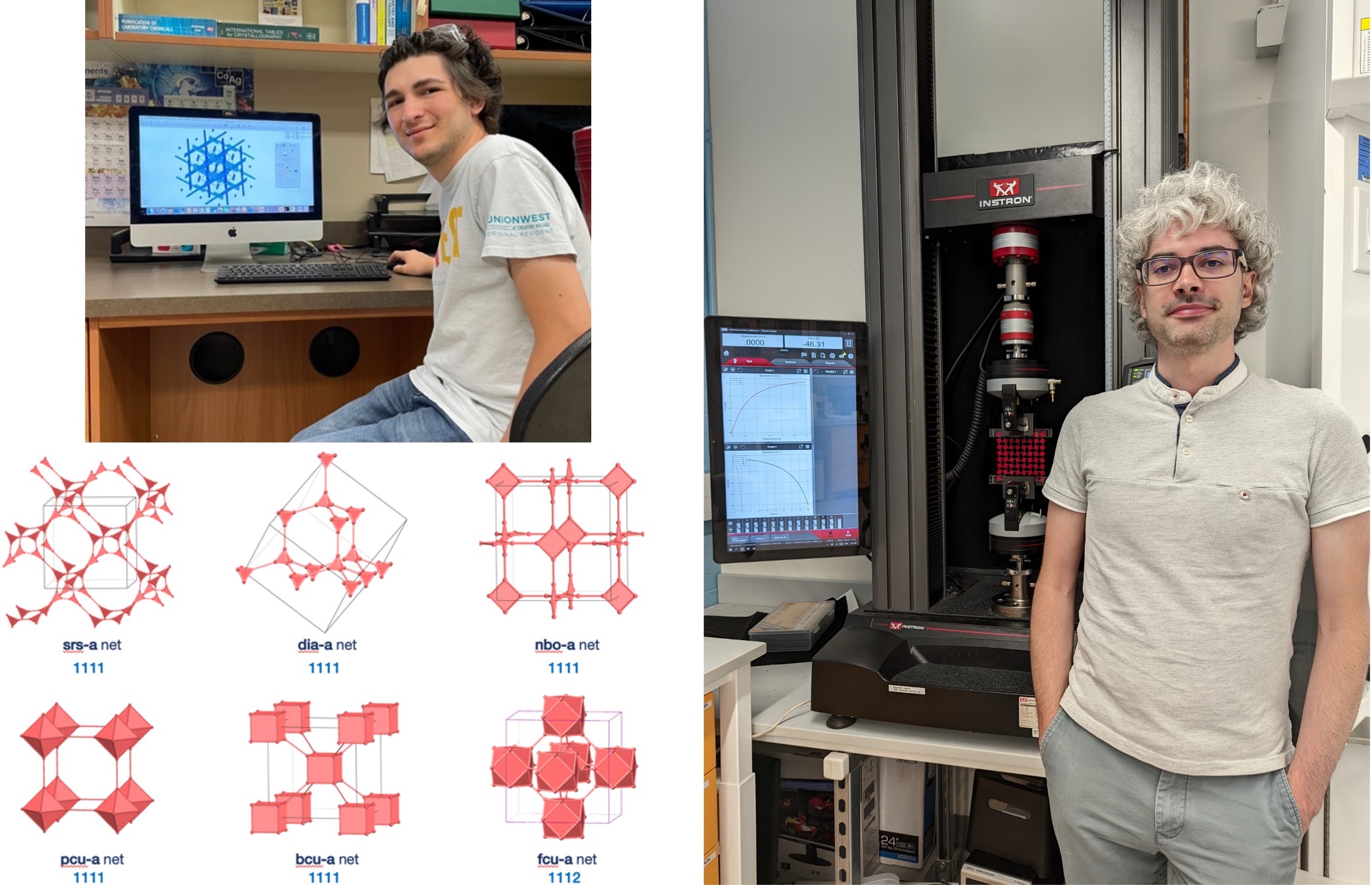
Researchers working on this collaboration: (Left) ID4 graduate student, Jacob Furst, from the Reticular Synthesis and Materials Design lab at the University of Cental Florida analyzing a computer-generated model of a net. (Right) ID4 postdoctoral researcher, Giovanni Bordiga, from the Materials Structure by Design lab at Harvard testing the properties of a structural metamaterial.
In crystal and reticular chemistry, we study the patterns that arise when atoms and molecules organize as crystals. These patterns are studied as “periodic nets,” and indicate topological and chemical relations that the molecular building blocks have in space. Periodic nets are studied from the point of view of geometry, graph theory, and crystallography, and help us understand and predict the preparation of advanced molecular and atomic materials, such as metal-organic and covalent-organic frameworks (MOFs and COFs). Whereas the study of periodic nets is of great importance in microscopic systems, the macroscopic world is full of similar patterns in everyday and advanced systems, e.g., fishing nets, jungle gyms, responsive materials, building frames, etc. In this ID4 collaboration, we combine our expertise in periodic nets of molecular crystals to explore the fundamental effects that these topologies bring to stimulus responsive and construction systems.
This effort is a collaboration between ID4 members in the Reticular Synthesis and Materials Design Lab at University of Central Florida (Uribe-Romo), the Materials Structure by Design Lab at Harvard University (Bertoldi), and the Form Finding Lab at Princeton University (Adriaenssens).
The Institute for Data Driven Dynamical Design (ID4) is supported by the National Science Foundation through award #2118201
